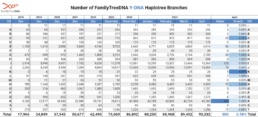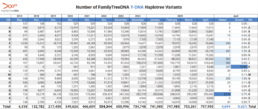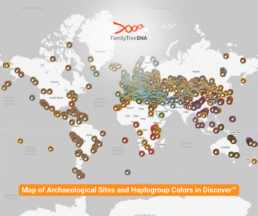With over 90,000 branches and 750,000 unique variants, FamilyTreeDNA’s Y-DNA haplotree is the most detailed publicly accessible map of human paternal ancestry to date.
Understanding the origins and migration patterns of human populations begins with the ability to trace lineages across time. FamilyTreeDNA’s Y-DNA haplotree provides one of the most comprehensive tools for studying paternal ancestry, built from high-resolution sequencing data contributed by tens of thousands of testers worldwide. As of April 2025, this tree includes over 90,000 branches and more than 750,000 unique SNPs, offering an unparalleled resource for researchers, genealogists, and anyone seeking to explore the deep history written in the Y chromosome.
A Phylogenetic Tree of Unprecedented Detail
As of April 2025, the Y-DNA haplotree hosted by FamilyTreeDNA includes:
- 90,332 branches
- 757,955 unique variants
This structure represents the most comprehensive publicly accessible phylogenetic tree of the human Y chromosome to date. It is constructed using single nucleotide polymorphisms (SNPs) derived primarily from Big Y-700 tests conducted by FamilyTreeDNA customers, alongside selected publicly available genomic data.
Each branch represents a shared paternal ancestor, defined by one or more SNPs. As more individuals are tested and novel SNPs are identified, additional branches are added, further resolving the tree’s structure. The result is a dynamic, highly detailed framework for studying paternal lineages, human migration, and deep ancestry.
Methodology: How the Tree Is Built
The FamilyTreeDNA haplotree is curated by FamilyTreeDNA’s phylogenetic specialist, Michael Sager. Data is primarily derived from Big Y-700 test results, which provide high-resolution sequencing of the Y chromosome’s non-recombining region (NRY). These sequences allow the detection of both known and novel SNPs.
Variants are carefully reviewed, filtered for quality, and then manually placed within the tree according to strict phylogenetic criteria. Each new Big Y-700 test contributes to this process by either expanding existing haplogroups or forming new branches.
Visualizing Tree Growth Over Time
The charts below illustrate the growth of the haplotree over time. Yearly summaries are shown for 2018–2024, followed by monthly growth in 2025.
Branch Growth (2018–2025)
Variant Growth (2014–2025)
Why It Matters
This tree is more than a dataset — it is a foundational tool for:
- Population genetics: Modeling historic and modern human migrations
- Genealogical research: Pinpointing paternal origins and surname connections
- Anthropological studies: Linking ancient DNA to modern populations
The FamilyTreeDNA haplotree is referenced by researchers, project administrators, and individual testers worldwide. It provides unmatched resolution for exploring human paternal history.
Applications in Genetic Research
FamilyTreeDNA’s Y-DNA haplotree has been instrumental in several groundbreaking studies, demonstrating its value in both historical and genealogical research.
Tracing George Washington’s Paternal Lineage
In collaboration with the Armed Forces DNA Identification Laboratory (AFMES-AFDIL), FamilyTreeDNA participated in a study to identify unmarked graves at the Harewood Cemetery in Charles Town, West Virginia. By analyzing Y-DNA, mitochondrial DNA, and autosomal DNA, researchers confirmed the identities of Samuel Walter Washington and his brother, George Steptoe Washington Jr., both nephews of President George Washington. This multi-marker approach also allowed for the inference of George Washington’s Y-DNA haplogroup, identified as R-FTE201, providing insights into his paternal lineage.
Uncovering Beethoven’s Paternal Ancestry
An international team, including FamilyTreeDNA, sequenced the genome of Ludwig van Beethoven using authenticated locks of his hair. The analysis revealed that Beethoven’s Y-DNA haplogroup was I-FT396000, differing from that of living descendants of his paternal ancestor, Aert van Beethoven, who belong to haplogroup R-Z2567. This discrepancy suggests a historical misattributed paternity event in Beethoven’s direct paternal line.
These studies underscore the utility of FamilyTreeDNA’s haplotree in resolving historical genealogical questions and highlight its role in advancing genetic research.
Ancient DNA on the Haplotree
The FamilyTreeDNA Y-DNA haplotree doesn’t just represent living testers — it also includes over 7,300 ancient male DNA samples placed from published archaeological studies. These samples, drawn from every populated continent, provide a direct window into the genetics of ancient populations and connect the past to the present through shared paternal lineages.
Because of the scale and resolution of our haplotree, we’re often able to place ancient samples with greater precision and accuracy than other databases. Each sample is positioned using its Y-DNA SNP profile and matched to modern haplogroups, allowing for detailed comparisons between ancient and contemporary lineages.
FamilyTreeDNA continues to incorporate new ancient samples monthly as peer-reviewed studies are published, further expanding the depth and historical context of the haplotree.
Related Tools: Discover™ Reports
To support both researchers and individual testers, FamilyTreeDNA also offers Discover™ — a free platform for exploring Y-DNA haplogroups. These interactive reports include:
- Migration maps
- Notable historical or ancient samples
- Time estimates for haplogroup formation
- Branching context on the haplotree
Discover™ draws directly from the haplotree, allowing anyone to explore deep ancestry based on actual SNP data.
Citation and Continued Updates
This blog post is a static, citable source documenting the size and scope of the FamilyTreeDNA Y-DNA haplotree as of April 2025.
Researchers and authors may cite this page when referencing the tree’s size:
FamilyTreeDNA. (2025). FamilyTreeDNA’s Y-DNA Haplotree: 90,000 Branches and Counting. Retrieved from https://www.familytreedna.com/blog/ydna-haplotree-90000-branches
For monthly statistical updates, please refer to our companion post:
Questions or Collaboration Inquiries?
If you’re a researcher interested in collaborating or citing the tree in more detail, contact our Research & Development team through our support portal.



